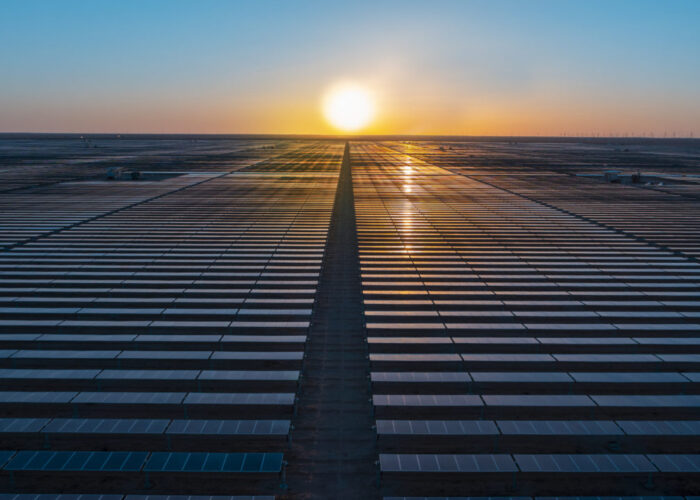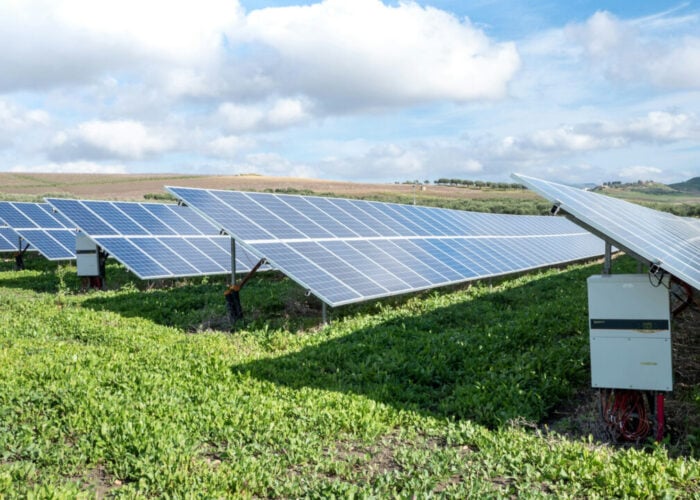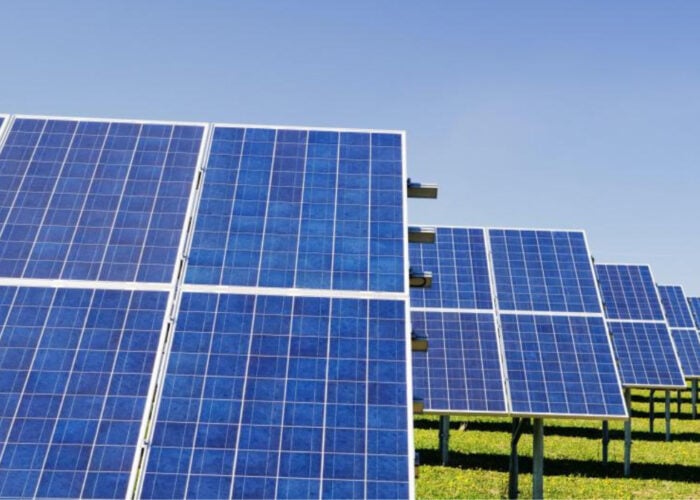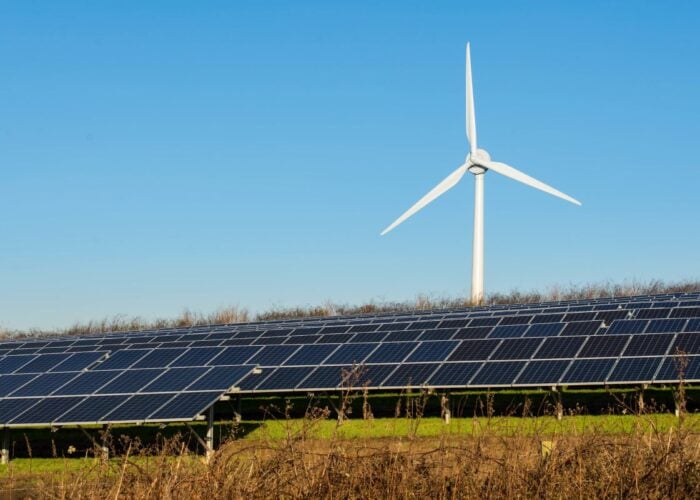Major solar wafer producer LDK Solar has shifted its business strategy from aggressive capacity expansions to one of production cost reductions for 2009. The continued uncertainty of the growth levels in the photovoltaics industry for the year have turned LDK Solar hyper-conservative, cutting polysilicon production targets as a consequence of delaying previously planned plant ramps and holding wafer production at 2008 final capacity levels, until demand visibility returns.
Performance highlights from 2008 clearly show the significant growth LDK Solar experienced last year, despite a softening demand for solar wafers very late in the year that is expected to continue through Q109. Revenue reached US$1.6 billion in 2008, an increase of 214% compared to 2007.
Unlock unlimited access for 12 whole months of distinctive global analysis
Photovoltaics International is now included.
- Regular insight and analysis of the industry’s biggest developments
- In-depth interviews with the industry’s leading figures
- Unlimited digital access to the PV Tech Power journal catalogue
- Unlimited digital access to the Photovoltaics International journal catalogue
- Access to more than 1,000 technical papers
- Discounts on Solar Media’s portfolio of events, in-person and virtual
Annualized wafer production capacity increased by more than 1GW, reaching 1.46GW at the end of 2008. Wafer capacity in 2007 was 420MW. Wafer shipments reached 818MW in 2008, nearly a four-fold improvement over 2007.
However, in a conference call to announce fourth quarter and 2008 financial results, LDK Solar executives guided capital spending for 2008 to be in the range of US$190 and US$245 million, down from the 2008 quarterly run rate of between US$300 million and US$400 million, which highlights the scale of the spending cuts planned for 2009.
Broken down, the majority of planned spending will focus on the completion of ‘Train1’ at LDK’s 15,000MT polysilicon plant, ramp of capacity at its smaller 1,000MT polysilicon plant that was recently completed and a small share of the CapEx budget targeting optimization of its wafer production. Due to the spending being construction focused, the majority of spending will be first-half-year loaded.
Train 2 & 3 of LDK’s 15,000MT polysilicon plant have in effect been put on hold, with manpower resources being shifted to Train 1 completion and ramp by the end of the 2Q09. Executives said that any further development of the large polysilicon plant would be based on market demand.
Total polysilicon production for 2009 had previously been guided in the range of between 3,000-5,000MT in 2009, which has now been further reduced to between 2,000-3,000MT for the year.
With the current lack of wafer capacity expansion, LDK Solar has significantly revised wafer shipments and revenue projections for 2009. In its January 2009 revised guidance, wafer shipments were guided in the range of 1,57GW and 1,670GW. In the latest conference call this figure was put at between 1.2GW to 1.45GW. Revenue will now be between US$1.4 billion and US$1.8 billion, down from January’s guidance of between US$2.3 billion and US$2.5 billion.
Interestingly, LDK Solar noted that its 2009 order backlog stood at 1.7GW. Executives were cautious over how much of the backlog would actually be fulfilled in the year as pushouts had been recorded and visibility remained weak.
With cash preservation the order of the year, Nick Sarno, VP of Manufacturing at LDK Solar took time in the conference call to highlight the production cost reduction plans being implemented in 2009. Noting that almost all wafers were now being produced with 180 micron thickness, manufacturing efforts will focus on quality control, yield and reducing overall manufacturing costs.
“Our more efficient wafer cleaning processes have led us to generate savings in silicon materials and the reduction of waste materials,” commented Sarno in the conference call. “We have also increased the use of automated wafer inspection machines in an effort that will also further improve wafer quality and provides fast feedback to our production lines for timely defect loss resolution.”
Another benefit of more automated inspection is the expected improvement in wafer-to-wafer quality variability. LDK noted in the call that approximately 10 to 15% of inventory held was taken up with out-of-spec wafers in 2008.
Sarno also said that wire saw thicknesses have been continuously reduced with success in reducing kerf loss and increasing wafer yield. Overall, LDK Solar expects wafer manufacturing costs to be reduced by approximately 15% in 2009, equivalent to a US$0.25 per watt reduction.
“Looking forward, the operating environment remains challenging. We have revised our expansion plans and lowered our CapEx budget for the year,” concluded Sarno.







